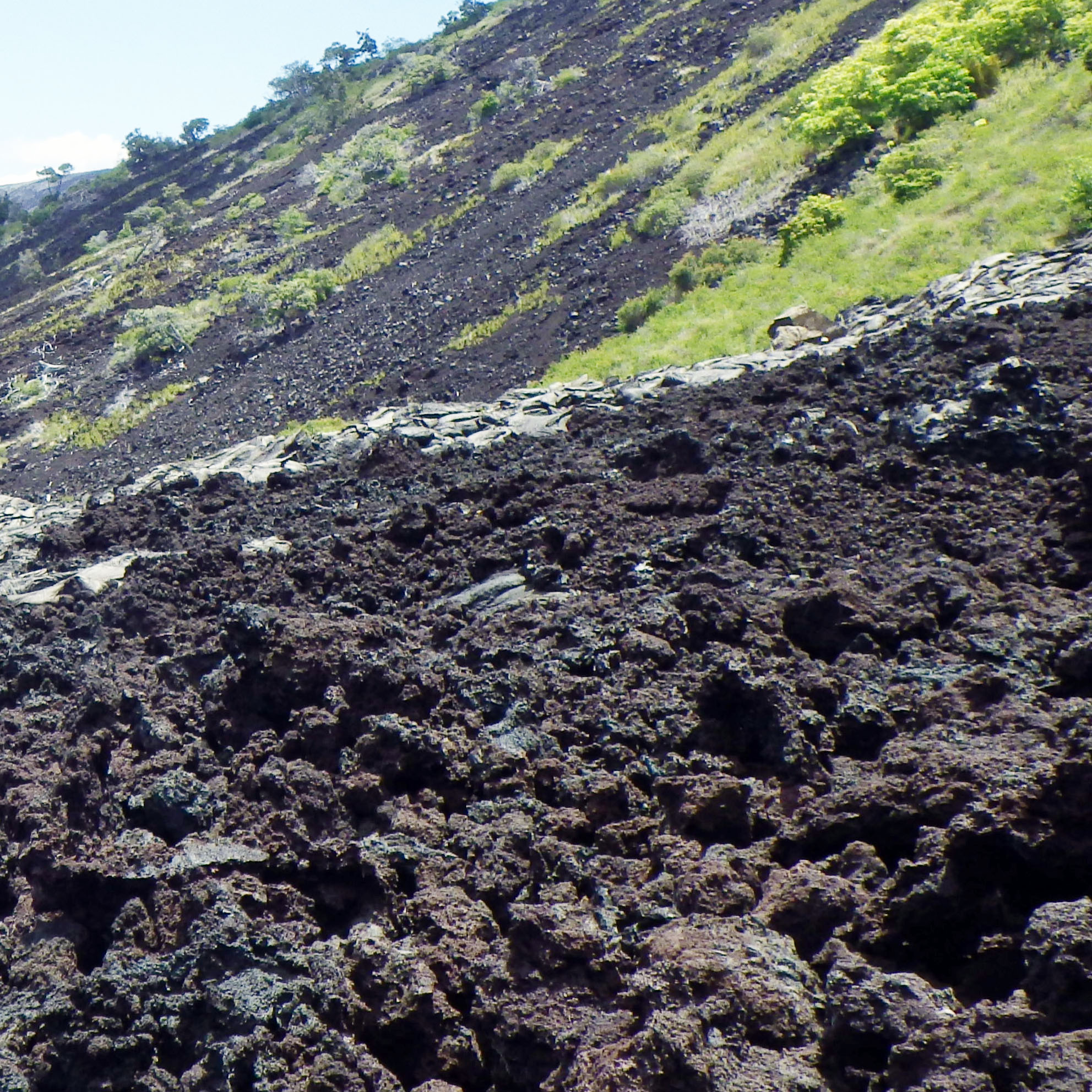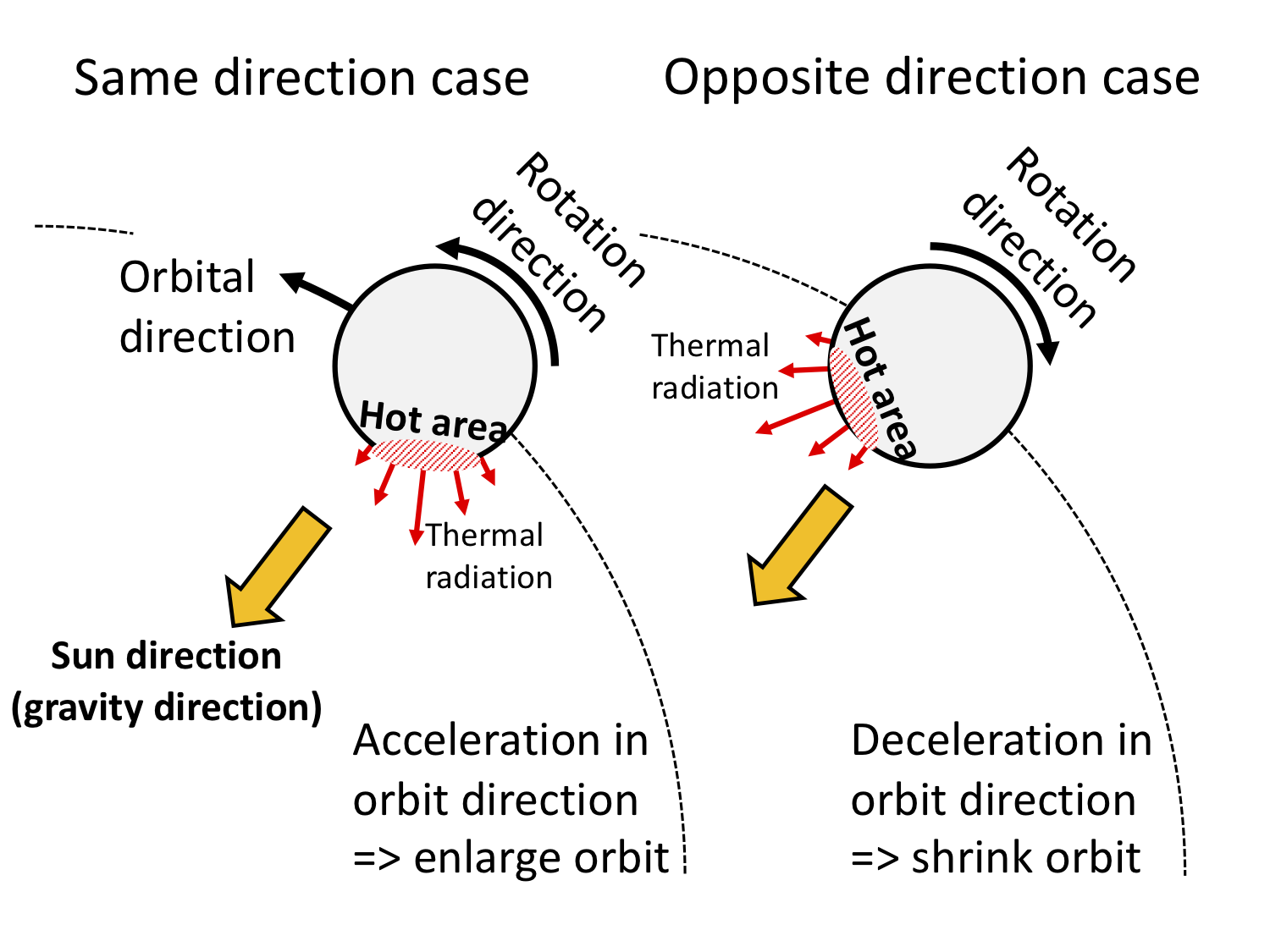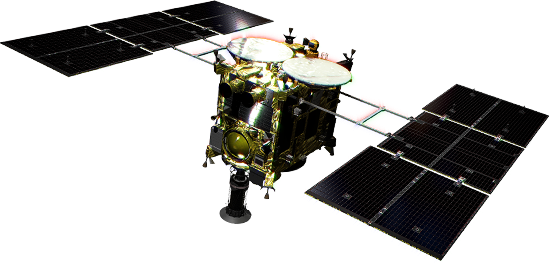New thermophysical properties of the surface of Ryugu have been uncovered from analyzing data obtained during the global observations performed by the asteroid explorer, Hayabusa2. These findings have been published in the electronic version of the US scientific journal Icarus, on May 16, 2020 (May 17, JST: Shimaki et al., 2020). The paper was led by researcher Yuri Shimaki from ISAS/JAXA and members of the Hayabusa2 science team.
| Journal paper title: | Thermophysical properties of the surface of asteroid 162173 Ryugu: Infrared observations and thermal inertia mapping | |
| Authors: | Y. Shimaki, H. Senshu, N. Sakatani, et al. Full list | |
| DOI: | 10.1016/j.icarus.2020.113835 |
■Paper summary
The thermal infrared imager (TIR) on Hayabusa2 carried out thermography of asteroid Ryugu for one rotation period on August 1, 2018. The research team compared the observed temperatures with temperatures calculated using a thermophysical model that considered the effect of surface roughness (TPM2). As a result, it was found that the thermal inertia of the surface of Ryugu is ubiquitously small, and that porous boulders are distributed all over the surface of Ryugu. Additionally, the surface of Ryugu is as rough as the surface of Hawaii's a’a lava*. The thermal inertia and surface roughness of Ryugu estimated in this study affect the calculation of the orbital evolution of Ryugu.
*Ryugu is uneven over a scale of several square metres, whereas a’a lava is uneven over tens of centimeter squared.■The effect of roughness on the surface temperatures of an asteroid
The surface temperature of an asteroid is a significant index that indicates surface composition or grain size. The surface temperature of a flat surface is determined by its thermal inertia, if the incident solar energy is constant. On the other hand, a rough surface produces a thermal trap in concave terrain (via re-absorption of secondary radiation). It also changes the apparent brightness temperature depending on the observation direction, caused by the existence of hot-sunlit regions and cold-shadow regions (Figure 1). This effect is called the roughness effect. For this reason, rough terrain is observed as hot from the Sun direction but observed as cold from the night-side direction.

■Comparison between the observed data and calculation using the thermal model
The thermography of Ryugu with the TIR showed a small temperature difference over the image (Figure 2). This observation results from a small change in the diurnal brightness temperature of the surface of Ryugu. Figure 3a shows the surface brightness temperature of Ryugu observed by TIR and the temperature predictions from a thermophysical model that does not consider the effect of roughness (TPM1). Notably, this model failed to reproduce the observed temperatures, even if we changed the thermal inertia from 20 to 800 J m–2 s–0.5 K–1 (hereafter tiu). Okada et al., Nature 579, 518–522, 2020 estimated the global thermal inertia of Ryugu as 300 ± 100 tiu from the maximum diurnal temperatures of Ryugu observed by the TIR and those calculated by TPM1. They revealed that highly porous boulders cover the surface of Ryugu.
In this study, the research team carried out a numerical calculation by a thermophysical model that included an effect of surface roughness (TPM2). The team compared the calculated results using TPM2 and the observed data acquired on August 1, 2018, and confirmed that the model reproduced the observed diurnal brightness temperature well (Figure 3b). The roughness effect has been expected by ground and flyby observations; however, time- and spatial-resolutions were limited. The thermographic observation of the asteroid for one rotation period during the hovering operation of Hayabusa2 allows us to acquire highly resolved images with sufficient time intervals.

Figure 2: Thermography of Ryugu on August 1, 2018 (©Shimaki et al., 2020)

■ The global thermophysical properties of asteroid Ryugu
From the analysis using TMP2, we estimated thermal inertia and surface roughness (variance of the vertical length relative to the horizontal length of a rough surface) within a TIR pixel that corresponded to 4.5 m (Figures 4 and 5). The global thermal inertia of Ryugu was found to be 225 ± 45 tiu, indicating the ubiquitous distribution of porous boulders over the Ryugu surface. Considering the thermal inertia of dense rock such as basalt (>2000 tiu) and typical carbonaceous chondrites (600-1000 tiu), Ryugu’s boulders are expected to be highly porous.
The global surface roughness of Ryugu, covered by numerous boulders (Figure 6), was estimated to be 0.41 ± 0.08, corresponding to the RMS surface slope (average slope of a rough surface) of 47 ± 5°. The RMS surface slope of Ryugu is comparable to that of Hawaii’s a’a lava (Figure 7). Note that the RMS slope of Ryugu is for several meter squares, but that of a’a lava for several tens centimeter squares, respectively. These similarities are only in their morphologies, so they do not represent similarities in the compositions and formation processes (Ryugu’s boulder is expected to be carbonaceous chondrites rich in organics, but a’a lava is a basaltic igneous rock). However, these results suggest that large-scale roughness can be maintained on the surface of Ryugu because of the tiny gravity and no-weathering environment. Additionally, one can imagine the difficulty of the touchdown operations by picturing a 1/10 scale Hayabusa2 attempting to touchdown on the surface of a’a lava. We see a relatively low surface roughness region around the equatorial ridge (Figure 5), indicating mass movement between the equatorial ridge and mid-latitudes in the past.




■Thermophysical properties of craters and boulders on Ryugu
Besides optical images, the thermal inertia and surface roughness provides us with the physical properties of Ryugu’s surface. For example, ejecta deposits around lunar craters were detected as anomalies of thermal inertia. Figure 8 shows the ONC image, thermal inertia, and surface roughness of large craters and large boulders on Ryugu. The thermal inertia values of large craters are within the range of the global average. We see no anomalies in thermal inertia to indicate ejecta deposits or consolidated materials by the crater forming process. Additionally, a boulder (b2) in the Kintaro crater showed a thermal inertia smaller than the global average, indicating a more porous structure, such as breccias containing porous pebbles.

■Implication for the numerical calculation of the orbital evolution of Ryugu
The thermal inertia and surface roughness of Ryugu estimated in this study affect the numerical calculation of the orbital evolution of Ryugu. The hottest region of an asteroid slightly shifts from the sub-solar point due to asteroid rotation and thermal inertia. Thermal radiation from the hottest region pushes the asteroid that results in acceleration or deceleration of the asteroid in the orbital direction, depending on the rotation direction (Yarkovsky effect, Figure 9). Besides orbital motion, the thermal inertia of an asteroid changes the rotation period if the asteroid has an asymmetrical shape relative to the rotation axis (YORP effect). The effect of the Yarkovsky effect on Ryugu is an ongoing topic in our team. It is expected that the precise determination of Ryugu’s orbit during the proximity phase will confirm the model prediction.

Yuri Shimaki (Hayabusa2 Project)
2020.06.26

